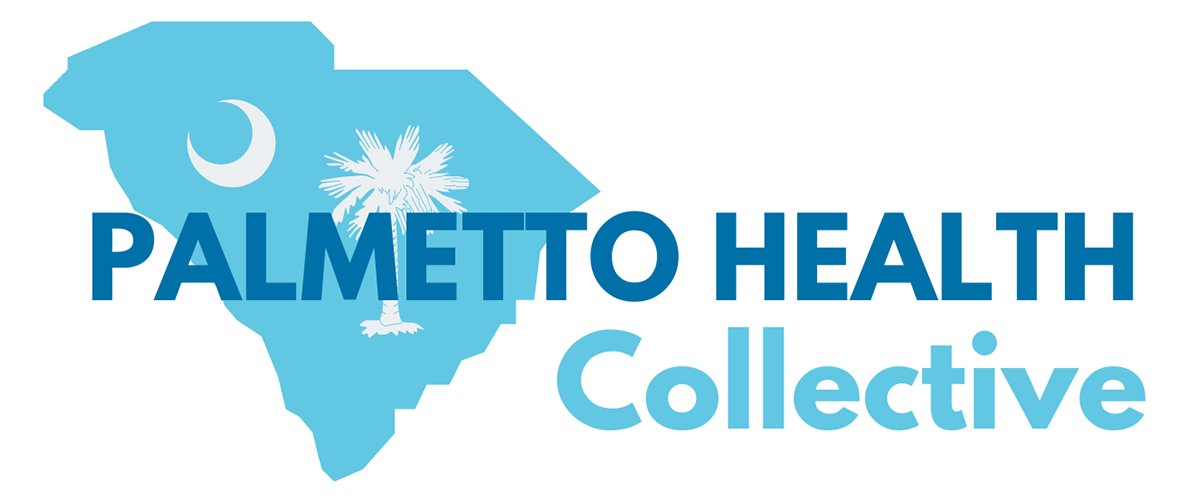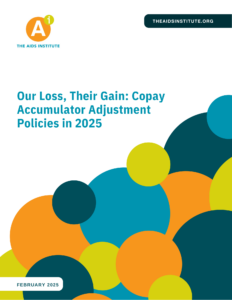People living with serious, complex chronic illness such as HIV and viral hepatitis often rely on high-cost medications to manage their conditions and maintain their health. For many of these medications, there is no generic or less expensive alternative. But affording these medications has become increasingly difficult, even for people who have health insurance. As a result, many people living with serious chronic conditions have turned to patient copay assistance programs run by charitable organizations or pharmaceutical manufacturers for help paying copayments and coinsurance for specialty drugs.
Since 2017, The AIDS Institute has monitored the rise of “copay accumulator adjustment policies” (CAAPs), used by health insurance companies and the pharmacy benefit managers (PBMs) they employ to administer their prescription drug benefits. Health insurance plans that include a CAAP pocket copayments made by enrollees using third-party copay assistance without crediting the payments to the enrollee’s annual deductible or out-of-pocket limit. These policies undermine important patient protections enacted in the Affordable Care Act (ACA) and make it more difficult for people trying to manage a chronic illness to afford medicine they need.
The federal government has struggled to decide how and whether to address this practice. In 2019 and 2020, the Department of Health and Human Services (HHS), issued contradictory regulations that first generally prohibited CAAPs, and then allowed insurers to adopt them.1 But in late 2023, a U.S. District Court for the District of Columbia ruled that health insurers and their PBMs must count all copayments made by or on behalf of an insurance enrollee for prescription drugs toward that enrollee’s annual deductible and out-of-pocket, unless that drug has an available generic equivalent, for all non-grandfathered health insurance plans in all 50 states.2 State governments have been more clear: since 2020, 21 states, the District of Columbia, and Puerto Rico have enacted laws restricting the use of CAAPs. These state laws apply to health insurance plans subject to state regulation (generally individual and small group plans, but not large employer plans), protecting an estimated 26 million people – 19% of all people enrolled in commercial health insurance plans in the U.S.3 Despite these laws and the federal rule limiting use of CAAPs in all non-grandfathered health insurance plans, too many people living with chronic illness will continue to face CAAPs in their health insurance plans in 2025.


